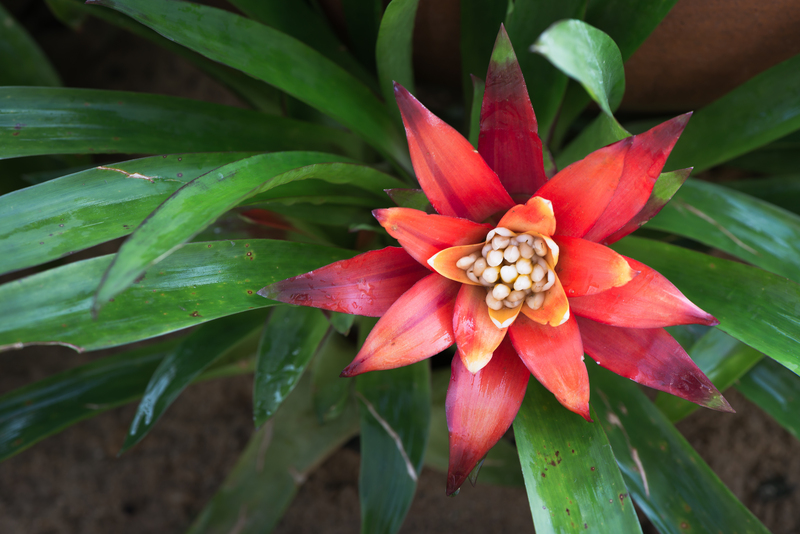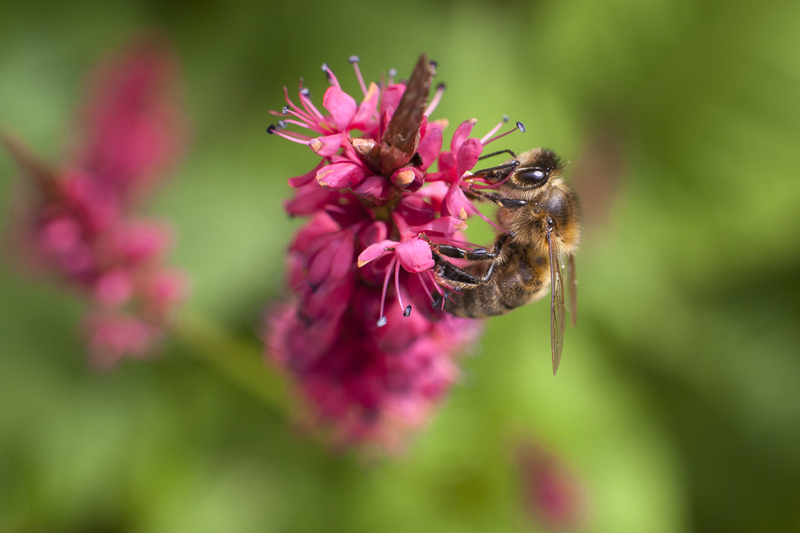Warning Signs of Lawn Grub Damage
Posted on 25/02/2025
Grubs are larvae of several types of beetles such as Japanese beetles, June beetles, and European chafers. They can wreak havoc on your lawn if left unchecked. These grub larvae feed on grass roots which can result in significant lawn damage, turning lush green turf into brown patches. Understanding and identifying the warning signs of lawn grub damage is crucial for maintaining a healthy lawn.
What Are Lawn Grubs?
Lawn grubs, often referred to as white grubs, are the larvae of beetles. These pests typically lie just beneath the surface of the soil and feed on the tender roots of your grass. There are different types of grubs, but most commonly, they are the larvae of Japanese beetles, June beetles, chafers, and other beetles. They have a characteristic 'C' shape, creamy white color, and can grow up to an inch in length.

Initial Warning Signs of Lawn Grub Damage
The first indications that your lawn might be under attack by grubs can often be subtle. Here are some early warning signs to watch out for:
1. Grass Wilting: Grass begins to wilt and turn brown despite adequate watering. This is because grubs damage the root system, preventing the grass from taking up water and nutrients.
2. Spongy Turf: You'll notice that the lawn feels spongy underfoot. This is due to the grubs creating tunnels just beneath the soil surface as they feast on the grass roots.
3. Increasing Brown Patches: Small brown patches can expand quickly if the grub infestation is not dealt with promptly. These patches usually appear in late summer or early fall.
Advanced Warning Signs of Lawn Grub Damage
If the initial warning signs go unnoticed or untreated, the damage can progress to more severe levels that are harder to fix. Here are some advanced signs:
1. Loose Turf: One of the hallmark signs of a severe grub infestation is finding that pieces of your turf can be easily pulled up, much like a carpet. This is due to the substantial root damage inflicted by the grubs.
2. Increased Animal Activity: Predators such as raccoons, birds, and skunks may start to frequent your lawn more often. They are attracted to the grubs and will dig up patches of your yard, causing further damage.
3. Bare Spots and Dead Grass: Expanding brown patches can turn into dead grass and bare spots where the grass has died off entirely. These areas are often surrounded by relatively healthy grass, making the patches even more noticeable.
Impact of Seasonal Changes on Grub Damage
Seasonal changes can also affect the degree of damage caused by grubs. Here's how:
1. Spring: During spring, adult beetles lay eggs in the soil. The larvae that hatch will initially cause minimal damage as they begin feeding on the grass roots.
2. Summer: As the larvae grow larger, their appetites increase. This is when most of the damage typically occurs, evidenced by brown patches and loose turf.
3. Fall: In fall, the grubs burrow deeper to overwinter. As they move down, they consume even more roots, leading to significant damage and enlarging existing patches.
4. Winter: Grubs are less active in cold months as they hibernate, but the damage done in previous months will be evident as you move into spring.
How to Identify Lawn Grub Infestation
Identifying a lawn grub infestation at an early stage is crucial for effective control. Here are some steps to confirm presence:
1. Soil Inspection: Dig up small sections of your yard, particularly where the grass appears unhealthy. Look for 'C' shaped white grubs in the soil.
2. Count the Grubs: Finding a few grubs (less than five per square foot) is normal and usually not of concern. However, if you find more than ten grubs per square foot, your lawn is undoubtedly at risk.
3. Consult a Professional: If you're unsure about inspecting your lawn yourself, hiring a lawn care professional can provide an accurate diagnosis and appropriate treatment options.
Effective Treatment Methods
Once you have confirmed a grub infestation, immediate action is required to prevent further damage. Here are some effective treatments:
1. Chemical Solutions: Various insecticides are available that can kill grubs. Products containing imidacloprid or carbaryl are particularly effective. Always follow the manufacturer's instructions for application.
2. Beneficial Nematodes: These microscopic worms infect and kill lawn grubs. They are a natural and environmentally friendly solution.
3. Milky Spore: This is a bacterial disease that targets grubs, specifically Japanese beetle larvae. It's applied to the soil and works over several years to keep the grub population under control.

Preventive Measures
Prevention is always better than cure. Implementing preventive measures can greatly reduce the risk of a future grub infestation:
1. Lawn Health: Maintain a healthy lawn by ensuring proper watering, mowing, and fertilization. A vigorous lawn can better withstand grub damage.
2. Overseeding: Regularly overseed your lawn to help keep it dense. Dense grass makes it harder for beetles to lay eggs and for grubs to thrive.
3. Soil Aeration: Aerate your lawn to improve air and water movement and make the soil environment less hospitable for grubs.
4. Treatment Timing: If you've had grubs in the past, preemptively treat your lawn with preventive insecticides during late spring or early summer before the new generation of grubs starts causing damage.
Conclusion
Lawn grubs can cause extensive damage to your turf if not detected and treated early. By understanding the warning signs of lawn grub damage, you can take timely action to protect your lawn. Identifying the problem in its nascent stages, employing effective treatments, and implementing preventive measures will go a long way in keeping your lawn lush and healthy year-round. Keep an eye out for the subtle signs, and don't hesitate to act fast at the first indication of trouble. Your lawn will thank you for it.




